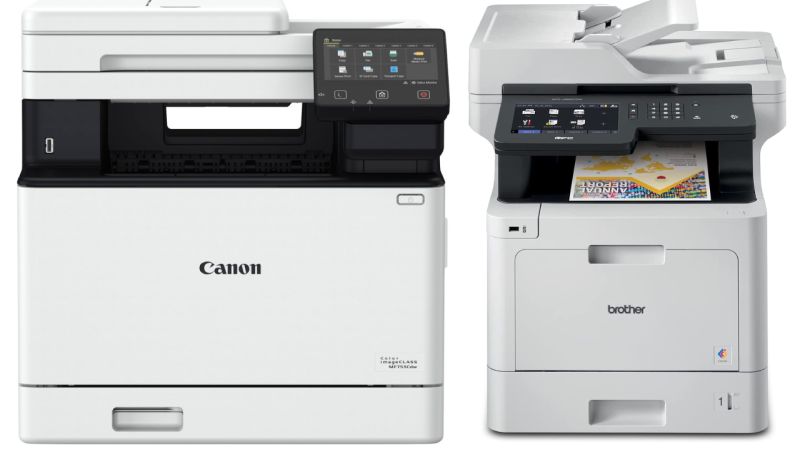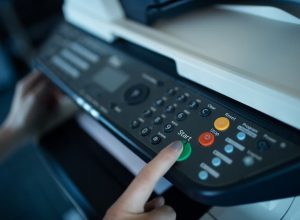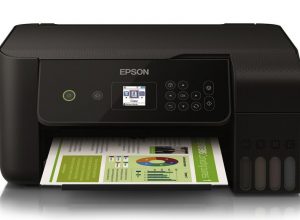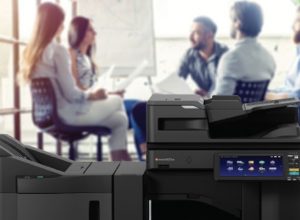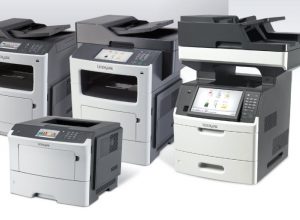Contents
Color vs Monochrome MFPs: Which One Is Right for You?
Multi-Function Printers (MFPs) have become essential tools for both personal and professional environments, providing a combination of printing, scanning, copying, and sometimes faxing capabilities. When selecting an MFP, one of the critical choices is between color and monochrome models. This article delves into the intricacies of both types, highlighting their functionality, advantages, and potential drawbacks to assist you in determining which one aligns with your needs.
Color MFPs are designed to handle a wide variety of document types, making them ideal for businesses or individuals who require vibrant graphics and images. They utilize multiple ink cartridges—typically cyan, magenta, yellow, and black (CMYK)—to produce a full spectrum of colors. This capability is particularly beneficial for creative industries such as graphic design, marketing, and education, where the quality and appearance of printed materials can significantly impact communication and branding. For instance, a marketing agency may rely on color MFPs to produce brochures, flyers, and presentations that need to capture attention and convey information effectively.
In contrast, monochrome MFPs primarily use black toner to print documents. They are often favored in environments where high volumes of text documents are the norm, such as legal offices or corporate settings. These printers are generally more economical in terms of upfront costs, maintenance, and operational expenses. A monochrome printer often has a lower cost-per-page ratio compared to its color counterpart, making it a cost-effective choice for businesses that do not require frequent color printing. For example, a law firm may choose a monochrome MFP to handle the substantial volume of legal briefs and documentation that requires clear textual representation rather than complex graphics.
When considering the right type of MFP, assess your printing habits and volume. Color printers, while excellent for graphics and colored documents, may require more frequent cartridge replacements and maintenance, leading to higher running costs. Conversely, monochrome models, with their streamlined design, offer high-speed printing capabilities, making them suitable for bulk text printing tasks.
| Feature | Color MFPs | Monochrome MFPs |
|---|---|---|
| Functionality | Prints in color (CMYK) | Prints in black only |
| Ideal Usage | Marketing, education, creative industries | Corporate, legal, high-volume text printing |
| Cost | Higher initial and operational costs | Lower initial and operational costs |
| Maintenance | More frequent cartridge replacements | Less frequent maintenance |
| Print Speed | Generally slower than monochrome | Generally faster print speeds |
In summary, your choice between color and monochrome MFPs should be guided by your specific needs—whether you prioritize vibrant colors and graphics or cost-effective, high-volume text printing. Understanding these nuances can help you make an informed decision, ensuring your investment is well-aligned with your printing objectives.
Understanding MFPs
An MFP integrates several office devices into one unit, typically featuring printing, copying, scanning, and sometimes faxing functionalities. Choosing between a color and a monochrome MFP primarily depends on your printing needs, color usage frequency, and budget considerations.
Color MFPs
Color MFPs are designed to produce vivid, colored prints suitable for marketing materials, presentations, and any document that requires a visual impact. These devices utilize a combination of cyan, magenta, yellow, and black (CMYK) toners to achieve full-color output.
Advantages of Color MFPs
- Vibrant Output: Ideal for businesses that require brochures, flyers, and full-color graphics, producing high-quality images and text.
- Versatility: Capable of handling a wide range of projects, from simple monochromatic documents to complex, multi-colored prints.
- Marketing Edge: Color documents can enhance branding and promotional materials, making them more appealing to clients and customers.
Disadvantages of Color MFPs
- Cost: Higher initial purchase price and ongoing toner costs, as color toners can be more expensive than monochrome.
- Maintenance: More complicated maintenance due to the need to manage multiple toner cartridges and potential for color calibration issues.
- Speed: Generally slower than monochrome printers, especially when printing large volumes of color documents.
Monochrome MFPs
Monochrome MFPs produce documents in varying shades of black and gray, making them suitable for text-heavy outputs such as reports, memos, and legal documents.
Advantages of Monochrome MFPs
- Cost Efficiency: Typically lower purchase and operating costs, as black toner is less expensive than color toner.
- Speed: Often faster print speeds compared to color MFPs, especially when producing large volumes of text documents.
- Simplicity: Easier maintenance with only a single toner cartridge to manage, resulting in less downtime and hassle.
Disadvantages of Monochrome MFPs
- Limited Output: Cannot print in color, which may restrict use for businesses that require colorful graphics or presentations.
- Lack of Versatility: Less suited for marketing materials, which may require color to effectively convey messages.
Use Case Scenarios
When deciding between color and monochrome MFPs, consider the following scenarios:
| Scenario | Recommended MFP | Rationale |
|---|---|---|
| Office primarily producing text documents | Monochrome MFP | Cost-effective for high volumes of text. |
| Marketing agency creating colorful brochures | Color MFP | Vibrant color output enhances visual appeal. |
| Educational institutions with diverse printing needs | Color MFP | Flexibility for both colorful and monochromatic prints. |
| Small businesses focusing on documentation | Monochrome MFP | Budget-friendly for routine office tasks. |
Conclusion
The choice between a color and monochrome MFP fundamentally depends on your specific printing needs and budgetary constraints. Color MFPs are suited for environments where visual communication is paramount, while monochrome MFPs excel in cost-effectiveness, speed, and straightforward maintenance. Assessing your daily operations, the types of documents you produce, and their typical usage will guide you in making an informed decision that best fits your requirements.
